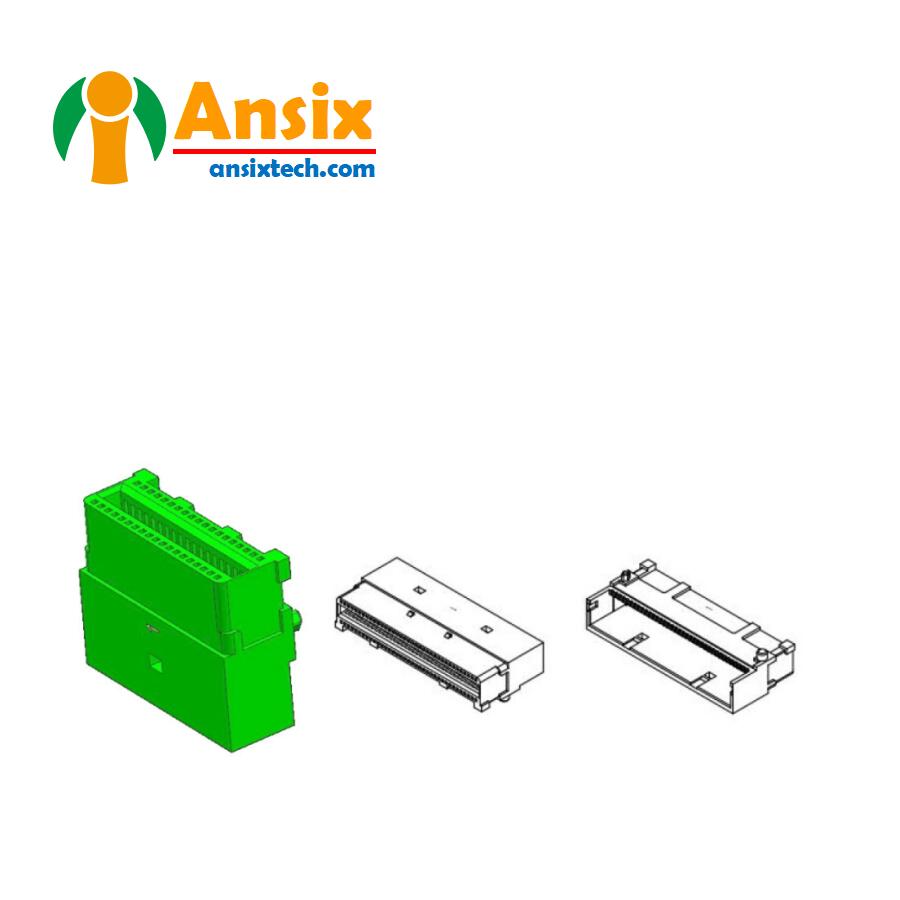Connector precision mold DFM and NX mold design
2024-04-28 16:27:22
DFM (Design for Manufacturability) of connector precision molds refers to taking into account the actual conditions of mold manufacturing and production during the design stage of connector precision molds to improve mold manufacturing efficiency and quality.
Material selection: In the design of connector precision molds, it is necessary to select suitable materials, taking into account factors such as the material’s processability, wear resistance, and corrosion resistance. Reasonable selection of materials can improve the processing efficiency and life of the mold.
Structural design: The structural design of the connector precision mold should take into account the processing and assembly process of the mold. Reasonable structural design can reduce processing procedures and assembly difficulties, and improve mold manufacturing efficiency.
Mold size and tolerance: The size and tolerance of the connector precision mold should meet the design requirements of the connector and take into account the tolerance requirements of mold processing and assembly. Reasonable size and tolerance design can reduce processing procedures and assembly adjustments and improve the manufacturing accuracy of molds.
Mold surface treatment: The surface treatment of the connector precision mold should take into account the wear resistance and corrosion resistance of the mold. Reasonable surface treatment can extend the service life and stability of the mold.
Mold cooling system: The cooling system design of connector precision molds should take into account the heat dissipation and cooling effect during mold processing. Reasonable cooling system design can improve the processing efficiency and quality of molds.
Through the consideration of DFM, the design of connector precision molds can be more in line with actual manufacturing and production requirements, improving the manufacturing efficiency, quality and stability of the molds. This helps reduce production costs, improve production efficiency, and ensure the performance and reliability of connector precision molds.
The design of connector precision mold:
The design of connector precision molds is a process that comprehensively considers factors such as connector shape, size, material, manufacturing process, and production efficiency. The following are some common connector precision mold design points:
Determine connector requirements: Understand the functional requirements of the connector, including connection methods, electrical performance, environmental requirements, etc. These requirements will directly affect the design of connector precision molds.
Mold structure design: Design the structure of the mold according to the shape and size of the connector. The mold structure should be reasonably laid out to facilitate processing and assembly, and be able to meet the functional requirements of the connector. For example, considering the internal space and connection port of the connector, design a suitable mold structure to ensure the normal use of the connector.
Material selection: Select suitable materials for the manufacturing of connector precision molds. The material should have sufficient strength, hardness and wear resistance to meet the usage requirements of the mold. At the same time, the processing performance of the material should also be taken into consideration to ensure the efficiency of mold manufacturing.
Cooling system design: Connector precision molds will generate a lot of heat during processing, so a suitable cooling system needs to be designed to control the temperature of the mold. The design of the cooling system should take into account the structure and processing technology of the mold to improve the processing efficiency and quality of the mold.
Surface treatment: Surface treatment of connector precision molds can improve the wear resistance and corrosion resistance of the mold. According to the use environment and requirements of the connector, select appropriate surface treatment methods, such as coating, heat treatment, etc., to enhance the surface hardness and durability of the mold.
Mold trial and debugging: After completing the design and manufacturing of the connector precision mold, carry out mold trial and debugging. Through mold trial and debugging, the design and manufacturing quality of the mold can be verified, ensuring that the mold can accurately replicate the shape and size of the connector.
The design of connector precision molds requires comprehensive consideration of the connector’s functional requirements, manufacturing process and production efficiency. Through reasonable design, the manufacturing efficiency, quality and stability of connector precision molds can be improved to meet the performance and reliability requirements of the connector.










